To answer your question, yes it can, but like Noah mentioned above, you're going to pick up
very little detail and the photos won't really be Astrobinable 😂
I treat the planets more like visual targets than photographic ones; just because they don't yield fantastic images doesn't mean they aren't worth pointing at! I've been able to pick up Mercury, Jupiter (with moons) Saturn (with moons), Uranus (with moons), and Neptune, along with Ceres, Pallas, and Juno. I plan to get the rest when they're more conveniently located. I'll plop a few examples below, but a couple fun projects in the Seestar are:
- Take a 5 minute avi of Jupiter/Saturn in planetary mode (4x zoom), as well as shots in stargazing mode to detect the moons. Process each separately and combine in an editing program for a family composite (see below)
- Track main belt asteroids over the course of two to three hours in a single night. Selectively process 5-minute chunks to create animations of their movement. They move much faster than we realize! (see below)
- Take little tiny pixel photos of each, just for the fun of it! (example below... lol)
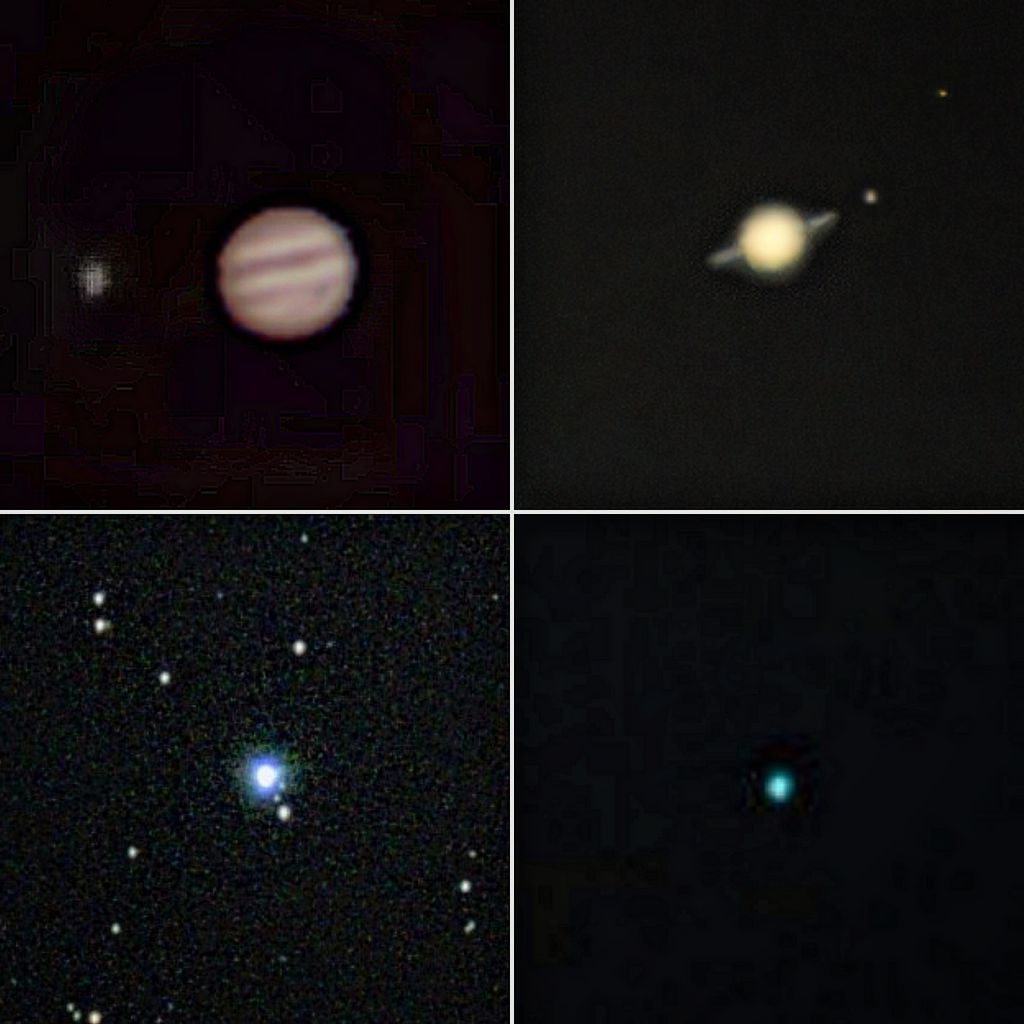
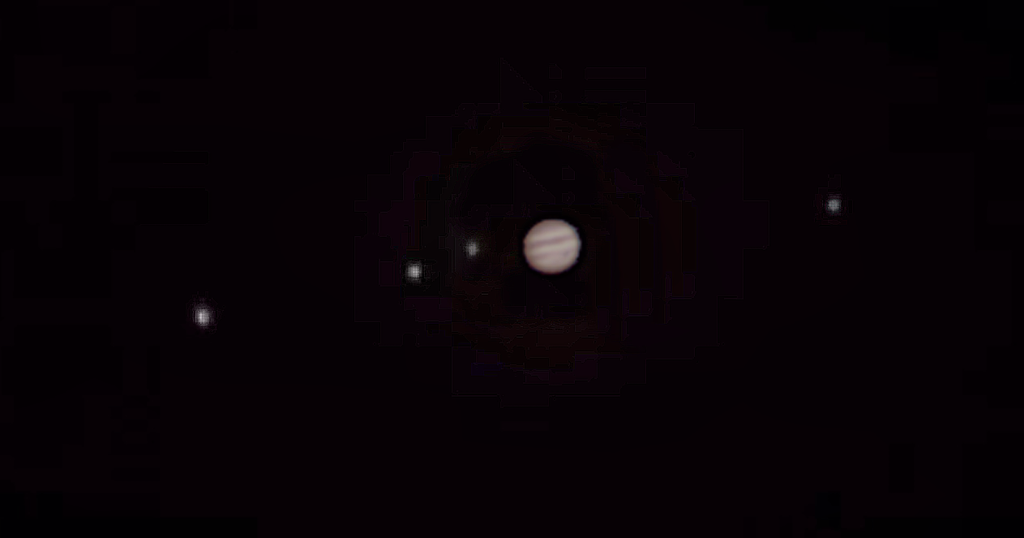
Jupiter with Galilean moons (composite)
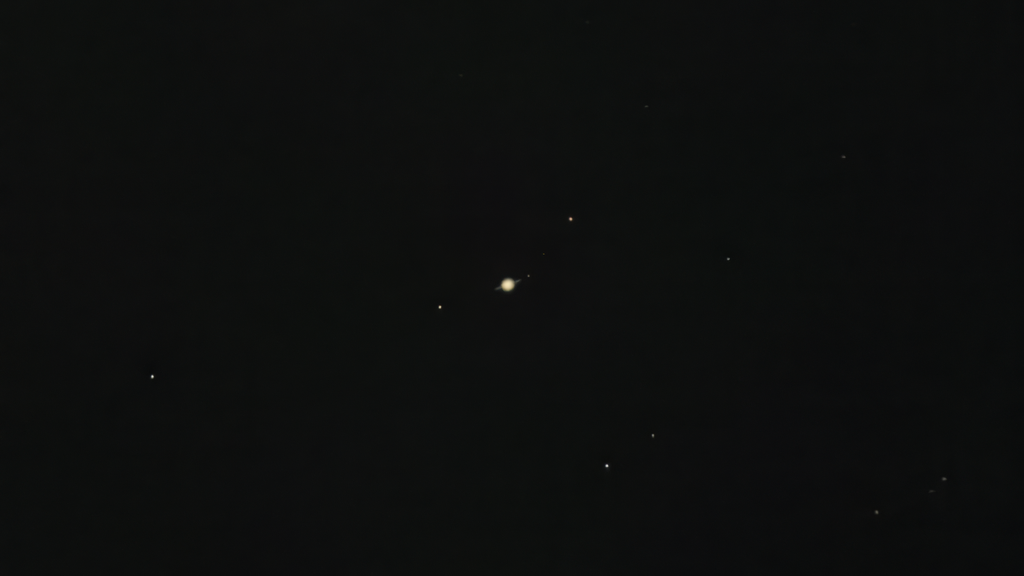
Saturn with Titan (left), Dione, and Iapetus (composite)
Pallas animation:
https://astrob.in/cecpux/0/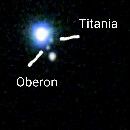
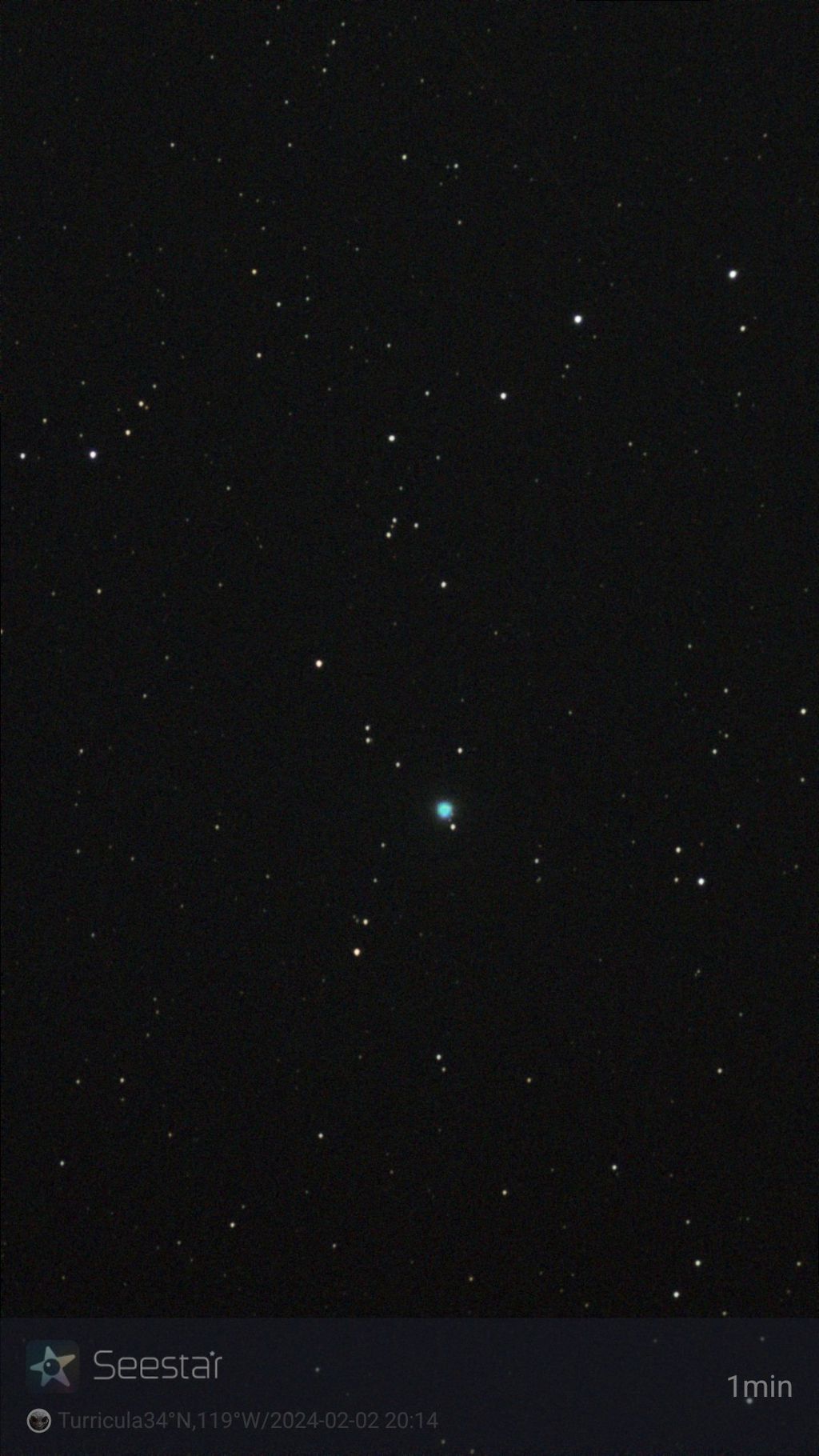
Uranus with a zoomed in view of Oberon and Miranda.
And yes, even Pluto can be captured with sufficient conditions and time.
🍻







